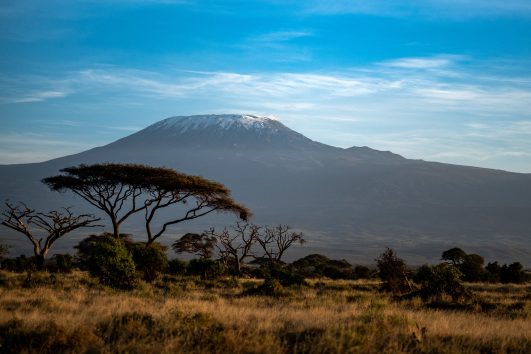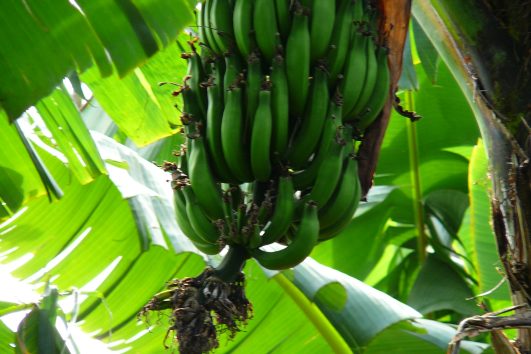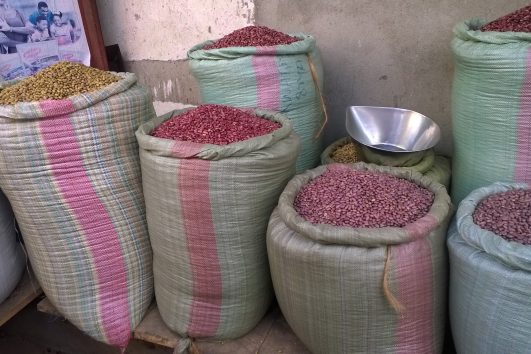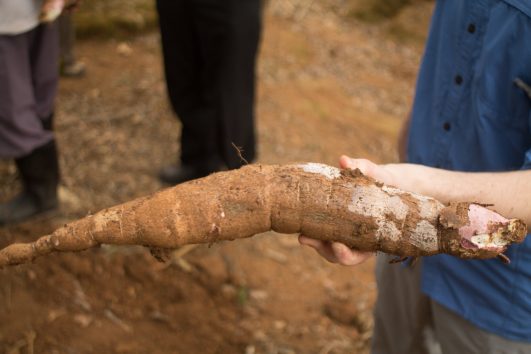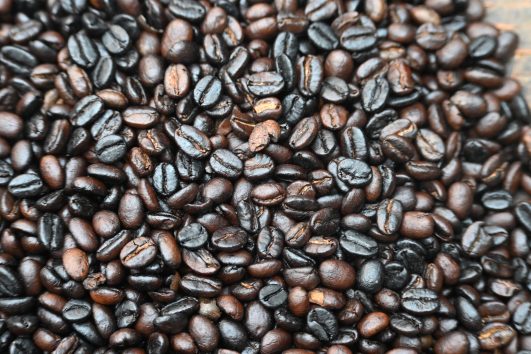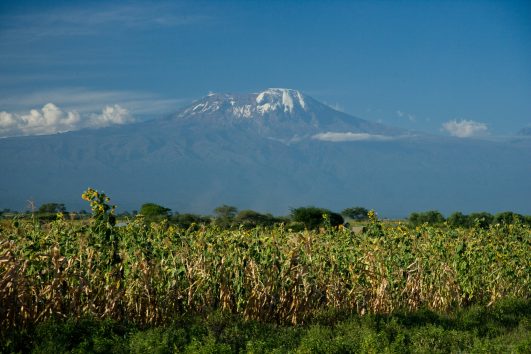Kilimanjaro has 230,000 hectares dedicated to crop production with a high density of crop-growing households, each managing about 1 hectare of land.
The region predominantly grows permanent crops like bananas, coffee, and mangoes, with minimal cereal production. Vegetables and beans are grown moderately.
Despite the high agricultural activity, there’s a noted absence of certain crops like maize, paddy, and sorghum, indicating a specialization in certain types of produce.
The region shows a blend of traditional and modern agricultural practices, with a strong emphasis on sustainable practices like erosion control and irrigation.
- Irrigation:
- It ranks fourth in Tanzania for the largest irrigated area, with a significant portion of its planted area under irrigation, primarily using canal and river water through gravity-fed flood irrigation.
- There’s been a notable 30% decline in households using irrigation over the last decade.
- Farming Practices:
- Most farming is manual, though there’s some use of tractors. Fertilizer and insecticide use is high, with more farmyard manure than inorganic fertilizers applied.
- Storage primarily uses air-tight drums, though sacks and open drums are also common.
- Crop Processing and Sales:
- While not many households sell crops, Kilimanjaro leads in crop processing, often using neighbors’ machines. Processed crops are mostly sold to farmers’ associations and marketing cooperatives.
- Extension Services and Environmental Practices:
- The region has a high engagement with agricultural extension services.
- It leads in erosion control and water harvesting, with significant planting of trees like gravellis, eucalyptus, and casuarina for environmental management.
Showing all 6 results

